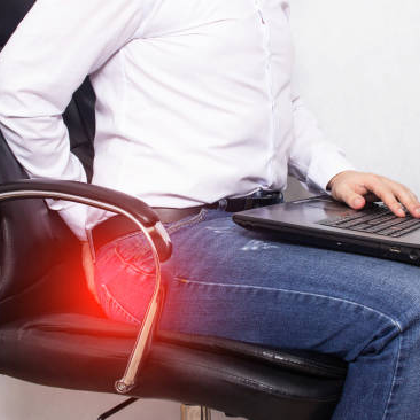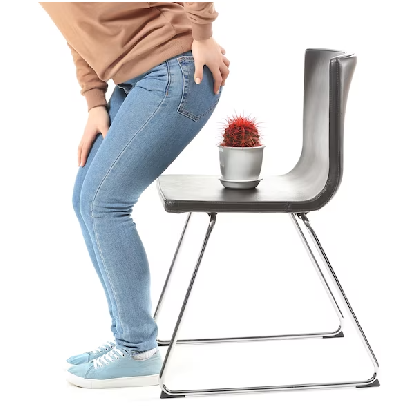The Best Piles Treatment In Mumbai
Overview
In medical terms, piles are known as hemorrhoids. In hemorrhoids, people face swollen veins in the lower anus and rectum. This swelling can affect the growth of tissue in and around the anus and give some kind of discomfort in your sitting position. Generally, piles have two types that involve inner piles and external piles.


Causes
The veins surrounding the anus may swell, stretch under pressure, and bulge in piles due to factors such as straining during bowel movements, chronic diarrhea or constipation, pregnancy, obesity, eating a low-fiber diet, regular heavy lifting, having anal intercourse, and sitting for long periods on the toilet.
Symptoms
Symptoms of piles are depending on the size, position, and grade of the piles including excessive anal bleeding, possibly leading to anemia, fecal incontinence, anal fistula, infection, and anal muscles cutting off blood supply to hemorrhoid.


Treatment
Generally, the doctors will recommend patients the following for grade one and two: Increase fiber in daily meals, avoid alcohol and caffeine, drink more water, go to the toilet when they feel and do not control pressure. Doctors will prescribe smooth cream, ointment, or suppository to feel free from discomfort. Surgery is recommended for the patient suffering from grade three or four that involves Haemorrhoidectomy (the traditional operation), Stapled haemorrhoidopexy, and Haemorrhoidal artery ligation.
Frequently Asked Questions
-
What are tests for piles?
Usually, doctors will suggest you for the examination of the protocol. By this, they will examine the inside of your back passage.
-
What are the risks according to age?
As your age increases the chances of piles increase due to the tissues that support the veins in your rectum and anus can be less strong and stretched.
Copyrights © . All rights reserved. Axis Multispecialty Hospital Site designed by SDA